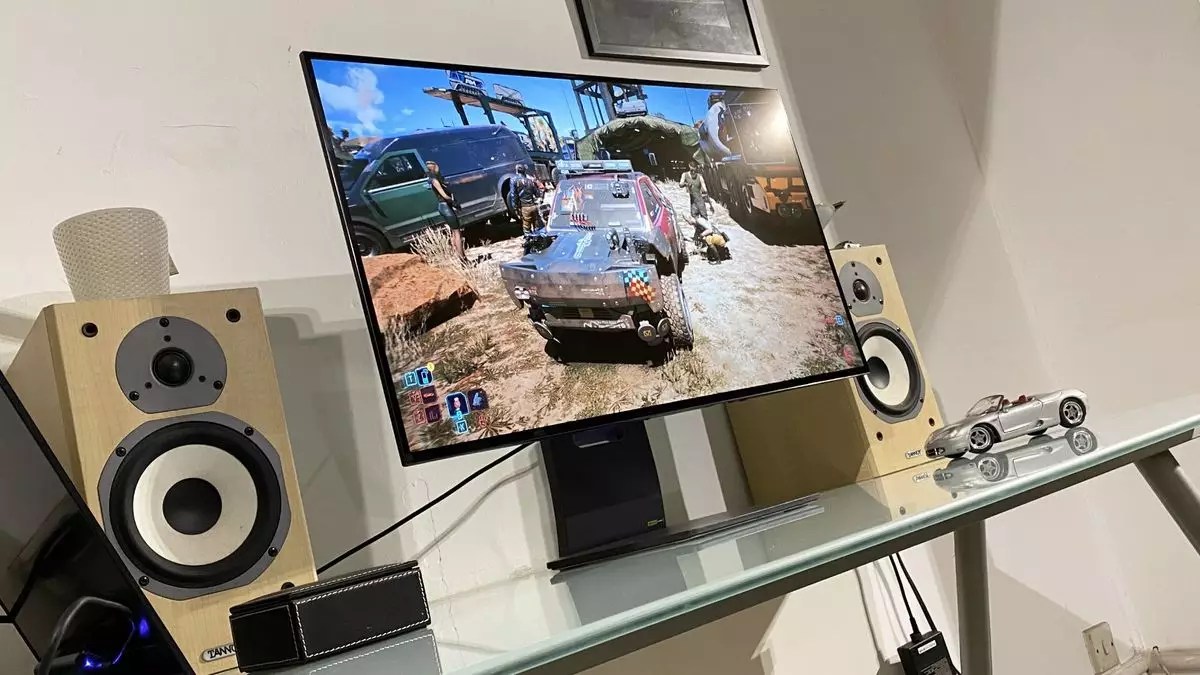OLED display technology has been praised for its stunning visual quality, but it is not without its problems. Two significant issues affecting OLED monitors are limited full-screen brightness and panel degradation known as burn-in. Even the latest OLED monitors, such as the LG UltraGear 32GS95UE, are susceptible to these problems. The root of many of OLED’s shortcomings can be linked back to limitations associated with blue OLED subpixel technology.
Blue OLED technology is less efficient compared to red and green OLED subpixels. This inefficiency results in blue OLED producing less light than red or green at a given power level. Additionally, blue OLED consumes more power and generates more heat at comparable brightness levels. The inefficiency of blue OLED technology has hindered the overall performance of OLED displays, impacting factors like brightness and longevity.
LG has introduced a new “Dream OLED” panel technology to address the issues surrounding blue OLED. This new panel utilizes blue phosphorescence, a more efficient method compared to the previous fluorescent emission technology used in blue OLED. LG’s new panel employs a dual-stacked technique that combines phosphorescence and fluorescent blue OLED to enhance efficiency and longevity. This innovation marks a significant advancement in OLED display technology.
LG’s Dream OLED technology involves a sophisticated implementation process. It is worth noting that neither LG nor Samsung – the key players in OLED panel technology – utilize a pure OLED RGB substructure. LG’s WOLED panels feature an all-white OLED emission layer that passes through RGB filters, while Samsung utilizes all-blue OLED emission to excite an RGB quantum dot layer. The intricate substructures of OLED emission layers play a crucial role in enhancing display performance.
Blue OLED technology has historically posed challenges in achieving strong full-screen brightness and ensuring long-term durability with resistance to burn-in. LG’s new Dream OLED panel technology is currently undergoing production evaluation and is expected to be commercialized within the year. While the actual availability of monitors or TVs with the new panels may take longer, LG’s focus on addressing key concerns related to OLED technology is promising.
LG’s efforts to tackle the blue OLED problem represent a significant step forward in enhancing OLED display performance. By improving the efficiency and longevity of blue OLED technology, LG is paving the way for OLED panels that can compete with LCD displays in terms of full-screen brightness and durability. While the extent to which LG’s Dream OLED panels will deliver on these promises remains to be seen, it is clear that advancements in OLED technology are on the horizon.


Leave a Reply